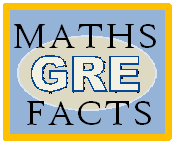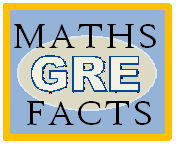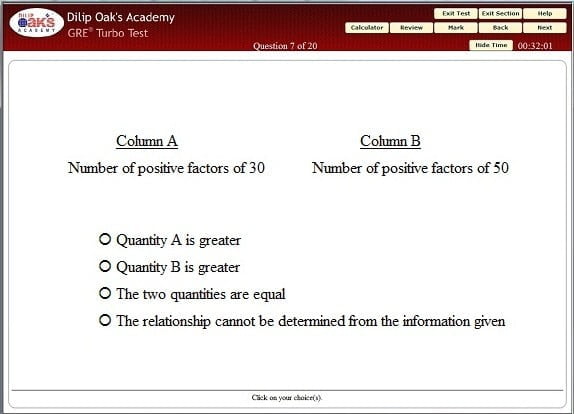
Preparing for a competitive exam like GRE is always a daunting task. Nonetheless, summing up the preparation is also equally important to perform better on the exam. In this blog, we will share some of the tips with you on how to brush up on the Math section in the last week before your GRE. So, let’s get started!
Revise all the theory concepts well
Don’t forget that the GRE is more about conceptual clarity than heavy calculation. So, make sure that you have understood all the concepts well. In case you come across a point where some clarity is required, refer to your lecture notes and practice it again but don’t panic.
Check your error log
In the last week of preparation, instead of revising all the problems that you have solved, it is advisable to concentrate only on those questions that you have got incorrect while practicing. So, refer to your error log and revise only the difficult questions.
Solve only a limited number of questions
Don’t get exhausted by solving too many of the questions in the last week. Instead, select only a limited number of questions for practice.
Revise formulae sheet
Please remember that the required formulae should be on the tip of your tongue! Thus, revise all the formulae at least once daily without fail.
Revise tables daily
This is yet another important technique to give a boost to your Quant score on the GRE. In spite of the fact that the use of a calculator is permitted on GRE, it is better to do the calculations manually as much as possible. Thus, revise the tables at least twice a day.
If you ensure that these aspects are taken care of, you will feel more confident as you attempt the exam.
Wish you all the very best in your preparation!!







